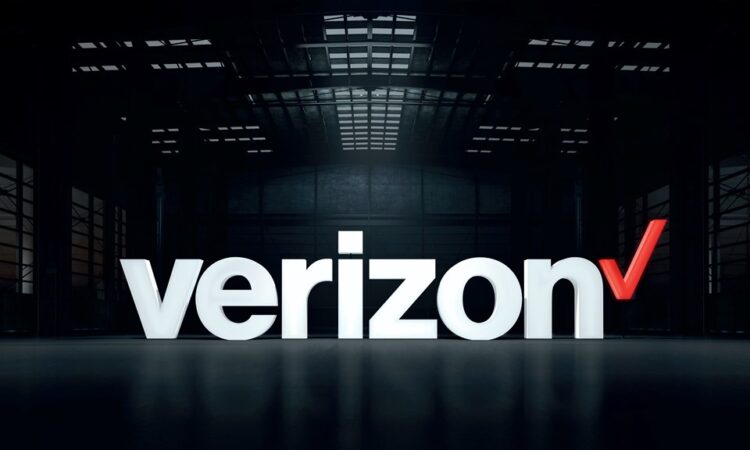
By Mike Robuck
Verizon plans to conduct field trials of open RAN kit in 2023 that could lead to actual deployments later in the year if all goes as planned, which would mark the second US deployment of the technology after Dish Network.
SVP for technology strategy and planning at Verizon, Adam Koeppe told Mobile World Live the open RAN field trials on O-RAN Alliance compliant equipment would have a primary goal of working as good, or better, than virtualised RAN (vRAN) the operator has deployed on more than 10,000 cell sites with Samsung.
He stated Verizon was specifically focused on the interfaces between open RAN elements.
“If you’re a controller unit provider, a central unit provider, a distributed unit provider, or a radio unit provider, the interface between those elements is open and it’s published so there’s no secret sauce,” Koeppe explained.
Koeppe noted it was “possible” the open RAN gear could be deployed in 2023.
The goal of open RAN has long been to use best of breed network components from a range of vendors to create economies of scale and competition among vendors.
Koeppe declined to say which companies the operator will be using for its open RAN field trials, but the operator’s primary 5G vendors are Samsung and Ericsson.
Verizon first deployed vRAN several years ago and now has a stated goal of having it in place across 20,000 cell sites by 2025. Koeppe noted the catalyst for using Samsung’s v-RAN software was the operator’s deployment of C-Band spectrum.
Benefits
He said the catalyst for open RAN was two-fold. The first would be a cap and grow scenario where the open RAN architecture could be used in parts of a network such as a dense urban area.
“You could also look at technology enhancements,” he stated. “As 5G Advanced is deployed, as I’m expanding my C-Band footprint, do I have a point in time where I shift to an open RAN architecture because I know it can increase innovation?”
He stated the operator has virtualised its network from the core to the edge, to the far edge and now cell sites.
While rival AT&T sold its cloud assets off to Microsoft Azure in 2021, Verizon runs network functions across its own cloud platform to enable orchestration and automation from the core to the cell sites.
“The types of services that our network provides, that’s a very different model and scenario than your typical cloud provider,” he stated. “Handling voice calling on a virtual network is extremely difficult. We have led the industry in putting virtual network services for telecommunications onto our cloud platform.”


